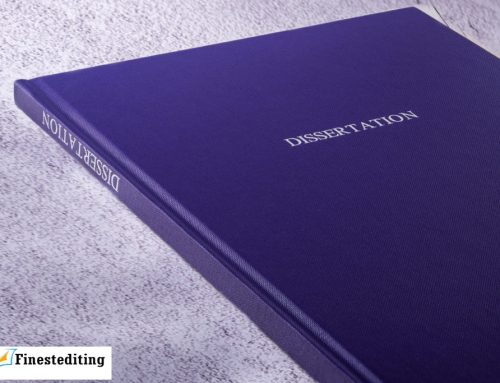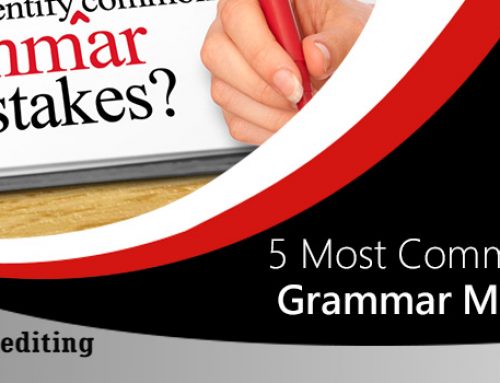Nearly everyone would be able to recall that strange day in middle school where they had to write a short story and present it to their teachers. Although most students would’ve been reluctant to demonstrate the inner creativity that lies in their minds, the prime objective of this task is to assess exactly that. Short stories are an excellent way for writers to begin their writing careers, as their conciseness and immersion offered are far higher than other forms of literature. In some cases, it is possible to read a short story in one sitting and understand the message, all over a cup of coffee.
If you think that short stories are for impatient readers, then you may be partially right. However, the critical bit is to realize that the habit of reading is slowly fading away as a way to pass the time. Even for those who read as a hobby, the act of physically picking up a book and scrolling through the pages seems tedious by modern standards. Your smartphone has access to thousands of libraries and is a lot more versatile than a book by itself. No one really has time to be scrolling through a book having hundreds of pages, and therefore, short stories are the ideal way to jumpstart one’s interest in reading, even in this day and age.
If you’re going to be writing a short story, the premise of the book needs to be locked down first. The world you are going to be portraying in the short story needs to be built first. Although this will be a relatively straightforward process for works of nonfiction, fiction stories would require some effort into constructing an environment for the story to work in. In terms of short stories, building a world might take up more time than needed, so an alternative is to have a focal point, and create a world from there.
However, writing an effective short story involves taking a few more factors into account. For the average writer, these ways are among the best tips anyone could give you. Look below to find some crucial parts of writing short stories that most novice writers tend to look over.
Setting
One of the first elements of a story that you need to get right is where the story takes place. Encompassing this aspect is the time of the story as well, as that lets the readers know the timeframe you are trying to portray. In literature, the setting of a story involves using scenes, climate, landscape and other environmental features. As a rule of thumb, the background you portray in your writing doesn’t need to go beyond the requirements of the story. As you are going to be writing a short story, any additional details are simply going to divert your audience from the message you are trying to get across.
Although the setting of your story is entirely free to your creative efforts, there needs to be a boundary that you establish to make sure that it isn’t excessive or intrusive to the main story. A piece which has a vibrant setting in a richly detailed world would simply be too much information for a reader to absorb. In the end, the reader would simply remember the names and atmospheres of the stories clearly, but wouldn’t be able to recall the story itself.
Plot
The plot of the story dictates the sequences of events that occur in your story. Part of the plot revolves around providing some details into the events that led to the story. From an author’s perspective, the plot can be described as the framework upon which the story itself takes place. It is essentially a roadmap that the story follows to get to its climax, and then the closure takes place. In an ideal story, each and every line, paragraph and chapter lead to the conclusion of the narrative. Anything that tries to deviate that linear path needs to be removed, as it would simply lead to the story developing holes and inconsistencies.
The trick to writing a short story is to have a succinct plotline that can deliver your narrative briefly and not leave anything unexplained. Adding more elements to your story might seem like a good idea, especially as it adds depth to your setting and makes it richer. However, the tradeoff for that detail is reader interest. Transpiring events need to relate to the most concise plotline to add weight to your story and make it worth a read.
Character
Being the central aspect of any story, a character is an individual around whom the story revolves. In a way, the character of a story is the main element that a reader can relate to and agree with. As this is a short story, spending too much time into providing details about their backstory can take away a valuable part of your page count. There need to be just enough details about your character that is relevant to the plot, while any additional information can be discounted in favour of plot development.
On another note, creating characters that are significantly different from real people is inadvisable. There should be a point of connection between readers and the characters, such as emotional, personal and familial elements. This way, readers will be intrigued about what happens to their character and would read the story more closely to find out.
Theme
The theme of a story is the idea or philosophy the story is representing. The message that is delivered using the conflict of the story, involving its characters is the theme of a story. However, this message isn’t just stated from the get-go, and the story continues as normal. In reality, the idea of a story needs to be implied and left up to the reader’s interpretation. At the same time, it needn’t be so vague that most readers miss it on their first reading.
For instance, in the story about the tortoise and the hare, the theme of the story wasn’t about sports or athletics, but rather the mindset that leads to victory itself. It wasn’t the best at doing something that mattered in the story, but the perspective that led to a successful outcome.
Conflict
In any case, the conflict of a story is what determines the theme and motives of its characters. In other words, the conflict of a story are the difficulties and obstacles faced by the protagonist. Now, these difficulties can be internal, such as emotions, depression and anxiety, or external such as environmental catastrophes and external characters, such as the antagonist.
Therefore, the conflict of a story plays a significant role in shaping the events and outcomes of a story and is required to hold its reader’s attention. For example, the inability of your character to complete their thesis can be a suitable conflict. However, them taking help from a PhD Thesis Editing Services to complete their work would relieve the tension and breathe new life into the story. This influences the opinions of readers, as any students in the audience would be more likely to relate themselves in the character’s position and understand the story.








Leave A Comment